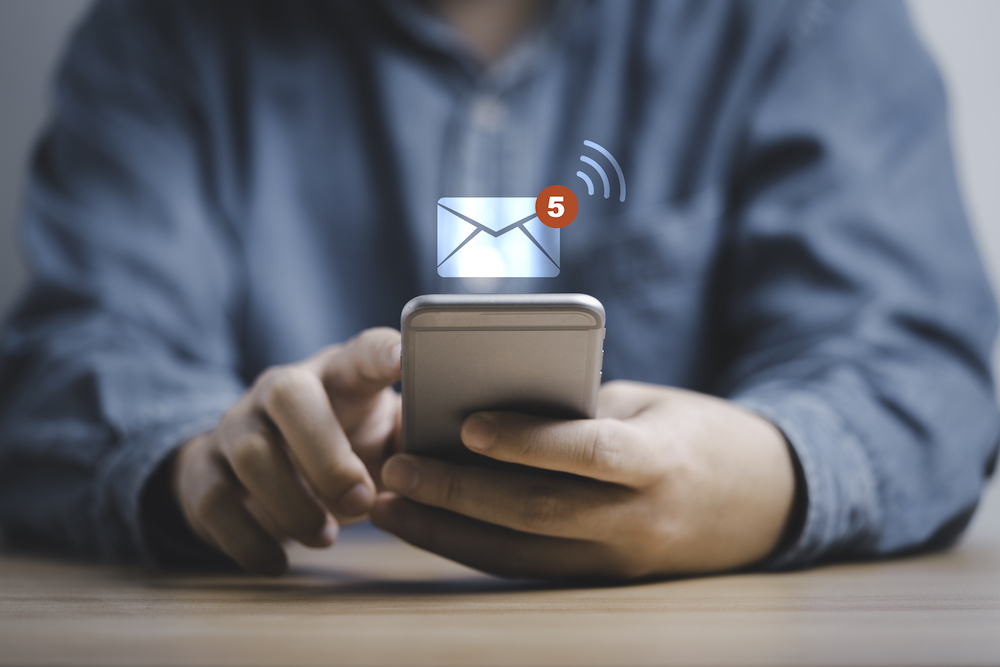Precision nudging is a new buzzword in the patient engagement space. But what does it mean, and how does it apply to your email engagement efforts?
What is Precision Nudging?
Forrester defines precision nudging as “the act of notifying or sending a message that prompts action by the patient to overcome patient-specific barriers to action at the right time and place for scalable, sustained behavior change.”
Precision nudging is a preemptive and proactive approach to patient communication. Reminding patients about appointments before they occur can ensure they do not miss important screenings and checkups. By receiving timely diagnoses and treatments, it saves money and improves health outcomes in the long term. Automating these processes at scale can streamline clinical communications and improve patient satisfaction. Beyond appointment reminders, there are many applications for this strategy.
Precision Nudging Strategies
The most critical part of precision nudging is delivering information to the patient at the correct time. Some common ways organizations are adopting precision nudging include:
- Appointment reminders
- Medication refill reminders
- Pre and post-surgery instructions
- Chronic condition education and resources
- Mental health check-ins
- Annual screening reminders
Sending notifications that nudge patients into taking necessary actions is a practical patient engagement strategy. Engaging with patients more frequently can build trust with the provider and encourage patients to take early action that improves their health. Precision nudging can prevent unnecessary visits to the hospital and ultimately drive down spiraling healthcare costs. So many unnecessary hospital admissions occur because patients do not understand or adhere to treatment plans. Nudging patients to change bandages, take medication, or get preventative screenings increases the likelihood of better health outcomes.
How to Use PHI in Precision Nudging
When communicating with patients about their healthcare, it’s essential to use a secure and encrypted communication channel. Regular texts and emails won’t cut it. 93% of patients prefer to communicate with their healthcare provider via email, so it’s wise to start there.
Also, make sure these messages are not locked behind a patient portal. Use TLS encryption to secure the email to make it as easy as possible to read and respond to, while staying in compliance.
Once you have determined your channel, determine your audience. It makes sense to start small. Maybe you want to encourage individuals who have skipped an appointment to reschedule or want to help people recently diagnosed with a chronic condition like diabetes better manage their condition.
Then, create your message. Make sure it is clear, concise, and has a simple call to action. Also, personalize it to fit the audience’s preferences. If the patient primarily speaks Spanish, provide a message in their native language.
Once you’ve established the proper cadence, you can expand your use cases to some examples above. Using a scalable and HIPAA-compliant platform like LuxSci’s Secure Marketing or Secure High Volume Email makes it easy to personalize, send, and review the results of these campaigns. Contact us today to learn more about how to incorporate precision nudging into your clinical communications efforts.

